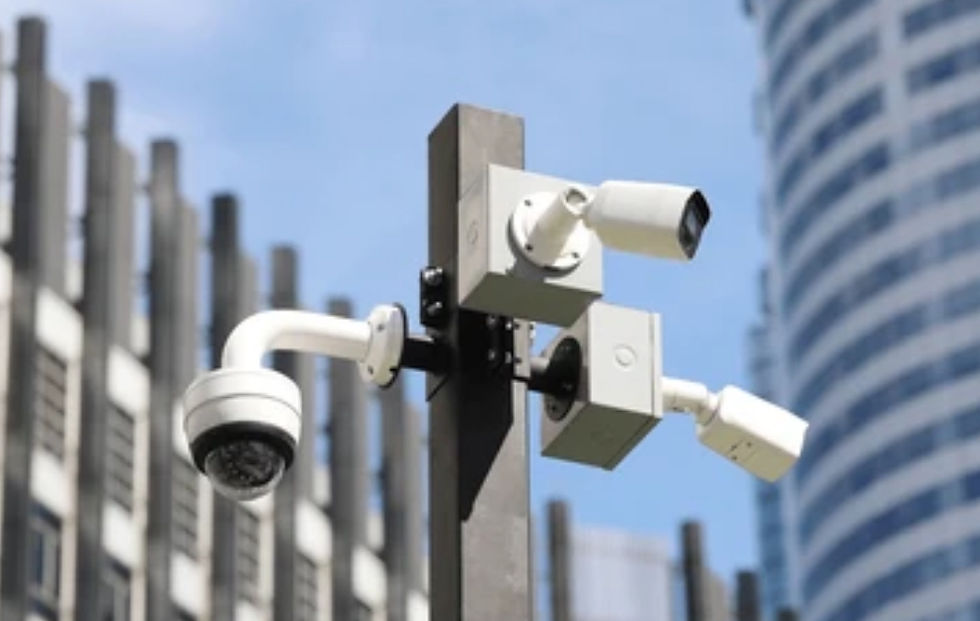
In a city that has struggled to solve serious crimes, six gunshots fired near a busy corner in Chicago's Humboldt Park offered detectives an advantage.
At that corner, police had long ago mounted one of thousands of sophisticated surveillance cameras, the kind that could rotate around a 360-degree view, or zoom in to see activity up to four blocks away.
An officer tapped into the camera's live to see that a wounded victim had managed to get inside a restaurant. The camera hadn’t captured images of the shooter. No video from the camera was put into evidence, and the case, like many others, remains unsolved.
What happened that night last year underscores the potential and futility of Chicago’s massive, 20-year bet on a network of cameras affixed to utility poles across the city. After the 2001 terrorist attacks and in a city with persistent crime problems, then-Mayor Richard M. Daley pushed the "Police Observation Devices" as a game changer that would “stop violent crime before it occurs.”
Two decades, hundreds of millions of dollars and thousands of cameras later, an Illinois Answers Project and Chicago Tribune investigation found that reality has fallen far short of those early promises. While installing thousands of police surveillance cameras has helped catch criminals and solve crimes, Chicago’s ever-growing system has yet to become the crime-fighting panacea Daley predicted.
In the absence of a comprehensive analysis from the city, the Tribune and Illinois Answers assessed the camera program. Based on more than 100 open records requests and more than a dozen datasets, the investigation found:
Police rarely credit cameras with helping solve cases, even for the most serious crimes. Videos from 4,400 surveillance cameras appeared to help solve, at best, 3.5% of 2023’s homicides.
Officers don’t download video for most serious, unsolved crimes on streets and sidewalks. Police data offers no record of video downloads in half of open homicides, nearly three-fourths of open shootings and more than 90% of open robberies last year.
.
A city study found cameras can be key crime-fighting tools if officers watch them in real time. With so many cameras, and the Chicago Police Department’s struggle to fill officer vacancies, the vast majority of cameras go unwatched.
.
In recent years, police have ramped up efforts to make better use of their behemoth surveillance operation, which is anchored by city-owned cameras and includes permitted access to roughly 35,000 other cameras owned by the transit authority, schools and private businesses.
The Illinois Answers/Tribune analysis of city-owned cameras suggests that the city has failed to follow best practices that could have prevented or solved more crimes and freed up money to hire more officers.

Comments